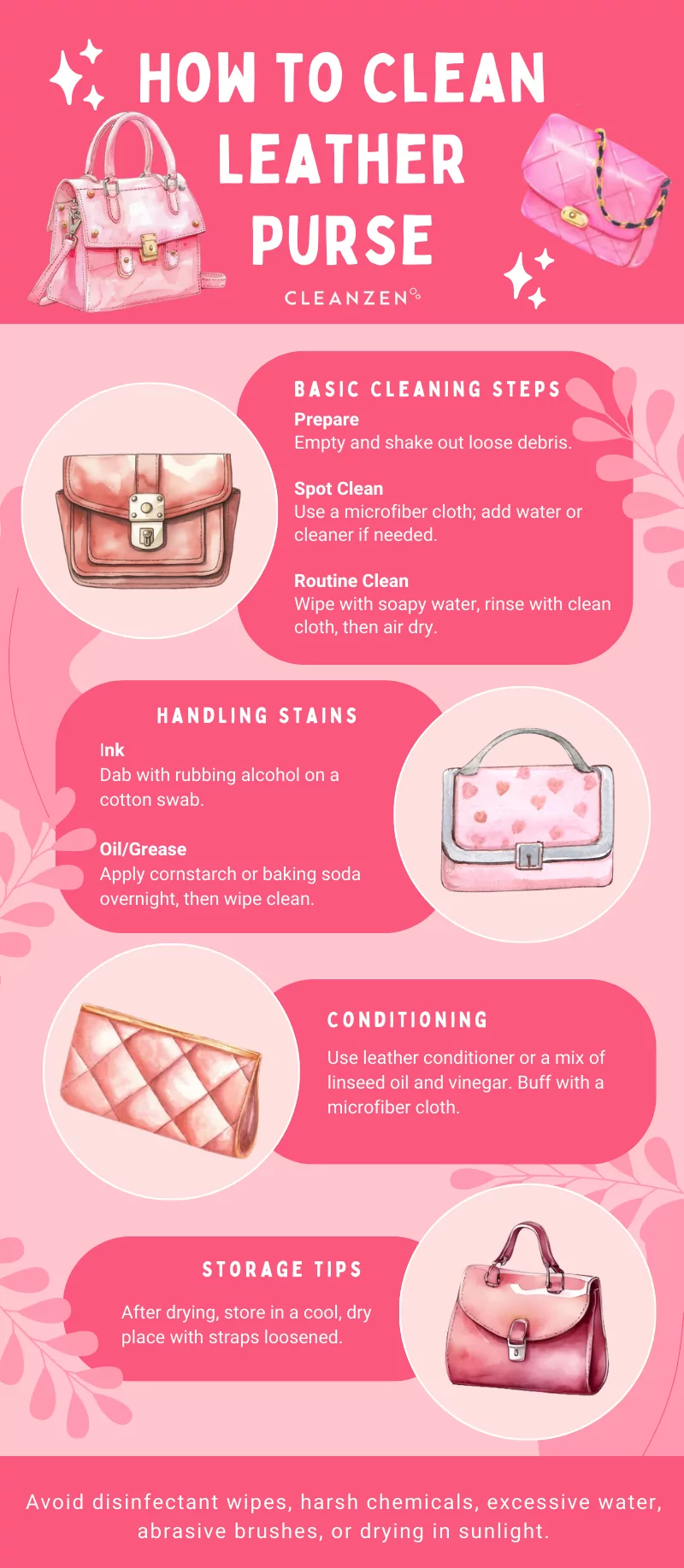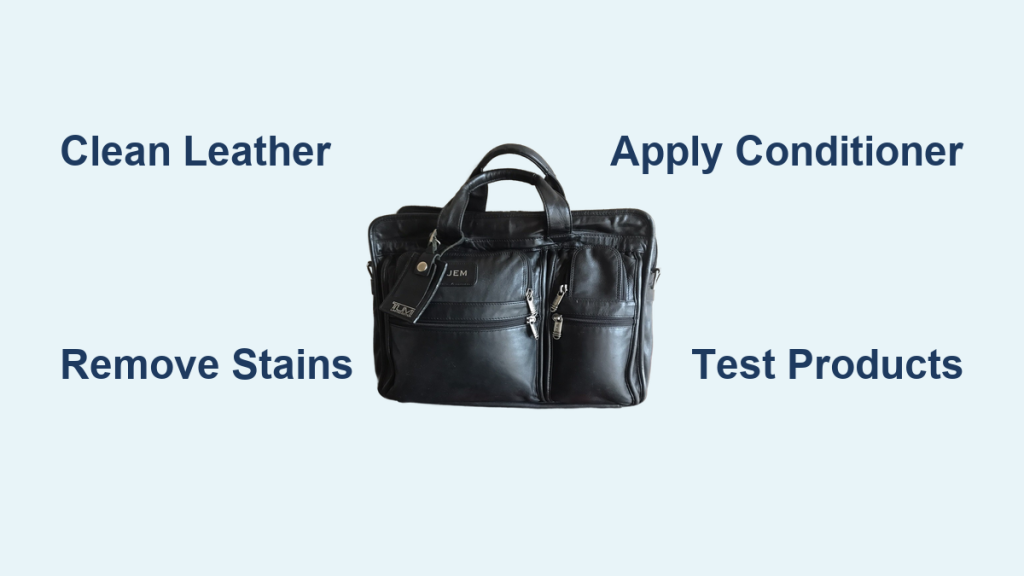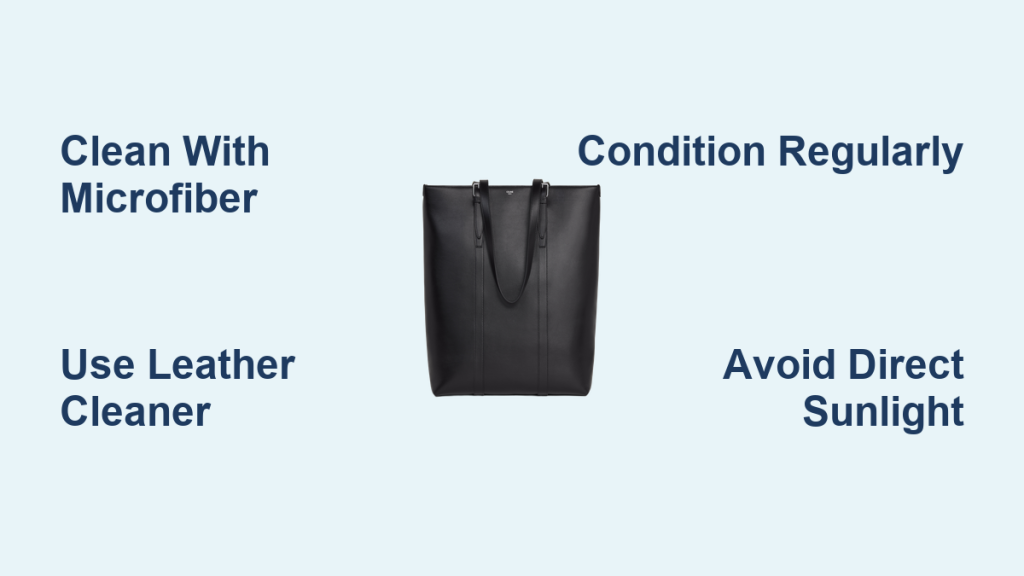Leather bags are an investment, and a Tumi bag is no exception. Seeing dirt, stains, or wear on your beloved Tumi leather bag can be frustrating. Fortunately, with the right approach, you can restore its beauty and protect it for years to come. This comprehensive guide will walk you through everything you need to know about cleaning your Tumi leather bag, from quick daily maintenance to tackling stubborn stains. We’ll start with a simple cleaning method for regular upkeep, then move into deeper cleaning techniques and preventative measures to keep your bag looking its best.
Tumi leather is known for its durability, but it still requires proper care. This guide will cover everything from choosing the right cleaning products to addressing specific stain types, ensuring you can confidently maintain your bag’s appearance. By the end of this article, you’ll have the knowledge and skills to keep your Tumi leather bag pristine and enjoy it for a long time.
Understanding Tumi Leather

Before diving into cleaning, it’s crucial to understand the type of leather Tumi uses. They commonly use full-grain, top-grain, and occasionally coated leather.
Full-Grain Leather
This is the highest quality, most durable leather. It displays natural markings and develops a patina over time. Requires gentle cleaning and conditioning.
Top-Grain Leather
Slightly more processed than full-grain, it’s still high quality and durable but less expensive. Also benefits from regular cleaning and conditioning.
Coated Leather
This leather has a protective coating, making it more water-resistant and easier to clean. It’s often found on ballistic nylon combinations. Avoid harsh chemicals on coated leather.
Knowing your leather type will influence your cleaning approach. Always test any cleaning product in an inconspicuous area first!
Materials You’ll Need
- Soft Microfiber Cloths: Essential for gentle cleaning.
- Leather Cleaner: Specifically formulated for leather (Lexol, Leather Honey, Chamberlain’s Leather Milk are popular choices). Avoid harsh chemicals, saddle soap, or general-purpose cleaners.
- Leather Conditioner: To replenish oils and prevent cracking (same brands as cleaners are good).
- Distilled Water: For diluting cleaner or spot cleaning.
- Soft-Bristled Brush: For removing dirt from textured leather or seams.
- Leather Protector Spray: (Optional) For added water and stain resistance.
Daily and Weekly Maintenance
Regular maintenance prevents dirt buildup and keeps your bag looking new.
- Daily Wipe Down: Use a dry microfiber cloth to wipe away dust and surface dirt daily.
- Weekly Gentle Clean: Dampen a microfiber cloth with distilled water and gently wipe down the bag. Dry immediately with a clean, dry cloth.
Deep Cleaning Your Tumi Leather Bag
This process is for more thorough cleaning, recommended every few months or as needed.
Step 1: Preparation
- Empty the bag completely.
- Remove any detachable straps or accessories.
- Brush off loose dirt and debris with a soft-bristled brush.
Step 2: Cleaning
- Apply Leather Cleaner: Apply a small amount of leather cleaner to a clean microfiber cloth. Do not apply directly to the bag.
- Gentle Circular Motions: Gently wipe the leather in circular motions, covering the entire surface. Avoid excessive pressure.
- Focus on Problem Areas: Pay extra attention to areas with visible dirt or stains, but avoid scrubbing.
- Remove Excess Cleaner: Use a clean, damp microfiber cloth to wipe away any remaining cleaner.
Step 3: Conditioning
- Apply Leather Conditioner: Apply a small amount of leather conditioner to a clean microfiber cloth.
- Gentle Circular Motions: Massage the conditioner into the leather using gentle circular motions.
- Allow to Absorb: Let the conditioner absorb for 15-30 minutes.
- Buff to Shine: Buff the bag with a clean, dry microfiber cloth to remove any excess conditioner and restore shine.
Step 4: Drying
- Allow the bag to air dry completely in a cool, well-ventilated area. Avoid direct sunlight or heat, which can damage the leather.
Tackling Specific Stains
:max_bytes(150000):strip_icc()/stain-removal-tips-1900644-final-4b3ccb1ecfe043729f7237c85dd19be2.png)
Different stains require different approaches. Always test in an inconspicuous area first!
Water Stains
- Blot Immediately: Blot up excess water with a clean cloth.
- Allow to Air Dry: Let the area air dry naturally.
- Condition: Apply leather conditioner to restore moisture.
Oil-Based Stains (Grease, Food)
- Cornstarch or Baking Soda: Apply a generous amount of cornstarch or baking soda to the stain.
- Let it Sit: Allow it to sit for several hours, or overnight, to absorb the oil.
- Brush Off: Gently brush off the powder with a soft brush.
- Clean & Condition: Clean the area with leather cleaner and follow with leather conditioner.
Ink Stains
- Isopropyl Alcohol (Test First!): Dip a cotton swab in isopropyl alcohol and gently dab the ink stain. Use sparingly and test in an inconspicuous area.
- Blot, Don’t Rub: Blot the stain, avoiding rubbing, which can spread the ink.
- Clean & Condition: Clean the area with leather cleaner and follow with leather conditioner.
Dark Marks/Color Transfer
- Leather Cleaner: Often, a good leather cleaner will remove minor color transfer.
- Professional Cleaning: For stubborn marks, professional leather cleaning is recommended.
Pro Tips for Tumi Leather Care

- Waterproof Spray: Consider applying a leather protector spray to increase water resistance. Reapply every few months.
- Avoid Overfilling: Overfilling can stretch and damage the leather.
- Store Properly: Store your bag in a dust bag in a cool, dry place. Avoid plastic bags, which can trap moisture.
- Rotate Bags: If you have multiple leather bags, rotate their use to prevent excessive wear on any single bag.
- Condition Regularly: Regular conditioning is key to keeping the leather supple and preventing cracking.
When to Seek Professional Help
While you can handle most cleaning yourself, certain situations warrant professional attention.
- Severe Stains: Deeply embedded or extensive stains.
- Significant Damage: Cracks, tears, or scuffs that you’re unable to address.
- Unsure of Leather Type: If you’re unsure of the leather type and afraid to damage the bag.
- Color Restoration: If the leather has faded significantly and requires color restoration.
A professional leather cleaner can provide specialized treatment and restore your bag to its original condition. Expect to pay $50 – $200+ depending on the extent of the cleaning needed and location.
FAQ
Q: Can I use baby wipes to clean my Tumi leather bag?
A: While some people do, it’s generally not recommended. Baby wipes often contain alcohol and fragrances that can dry out or damage the leather over time. Stick to leather-specific cleaners.
Q: How often should I condition my leather bag?
A: It depends on usage and climate. Generally, every 3-6 months is a good guideline. If you live in a dry climate or use your bag frequently, you may need to condition it more often.
Q: What’s the best way to store my Tumi leather bag when not in use?
A: Store it in a dust bag in a cool, dry place, away from direct sunlight and heat. Stuff the bag with acid-free tissue paper to help maintain its shape.
Q: Will leather conditioner darken the color of my bag?
A: It can slightly darken the color, especially on lighter-colored leather. This is normal and often enhances the leather’s appearance. Always test in an inconspicuous area first.
Keep Your Tumi Leather Bag Looking Its Best
By following these steps, you can effectively clean and maintain your Tumi leather bag, ensuring it remains a stylish and reliable companion for years to come. Remember to always test products in an inconspicuous area first, and don’t hesitate to seek professional help when needed.
Have you used these tips to restore your Tumi bag? Share your experiences and any other helpful advice in the comments below!




